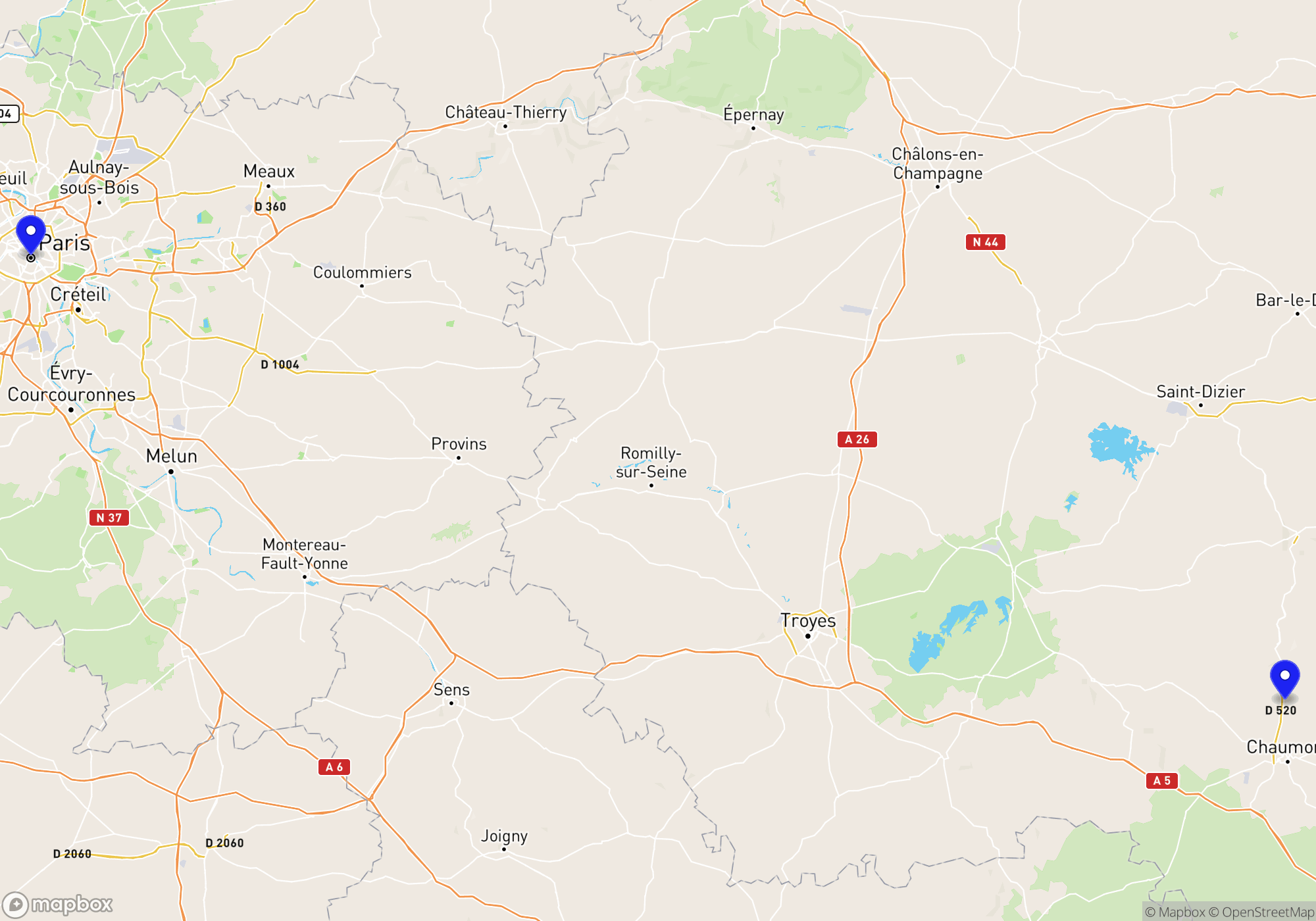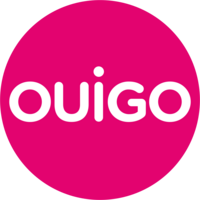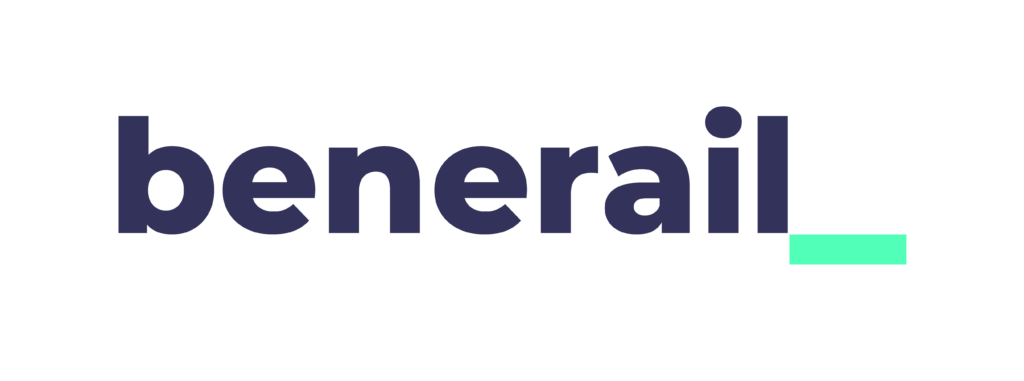
You can buy train tickets directly from the operator or through a reseller. The reseller is typically slightly more expensive (3-5%) but can provide an easier booking experience, especially if you travel with more than one operator.


These operators provide a complete journey either as a direct connection or through their partners. Even if a change of trains is involved, it’s all part of a single itinerary managed by the same train company or its partners, offering a smoother and more coordinated travel experience.

Some operators don’t run direct trains the whole way, but they serve either the departure or arrival station. In many cases, you can combine two of these operators to complete your journey by changing trains along the way. This is often a flexible and budget-friendly way to travel — especially if you’re comfortable piecing together your own itinerary.
Just keep in mind that these are separate journeys, which means a delay on the first leg could cause you to miss the second without automatic compensation or rebooking. It’s a great option for confident travelers who don’t mind a bit of extra planning.





SNCF, the French National Railway Company, operates a wide network of trains throughout France and into neighboring countries like Italy. For a journey from Paris to Bologna, travelers would likely be dealing with the TGV (Train à Grande Vitesse) high-speed service, and possibly a connection with Trenitalia, Italy’s state railway company, as part of the journey may involve changing trains.
One of the standout features of the TGV trains operated by SNCF is their speed and efficiency, designed to significantly reduce travel time over long distances. These trains offer several classes of service, typically including Standard (or Second Class) and First Class. In Standard Class, passengers can expect comfortable seating with ample legroom, while First Class offers additional perks like reclining seats and power outlets for charging electronic devices.
Concerning onboard amenities, TGV trains are equipped with facilities that enhance passenger comfort during the journey. This includes restrooms, luggage storage areas, and often a bar-buffet car where passengers can purchase snacks and beverages. While Wi-Fi service may be available on certain routes, its availability can vary, so it’s advisable for travelers to check beforehand if internet connectivity is a requirement.
SNCF is known for its customer support services, both online and at train stations. Travelers can access information and assistance through SNCF’s website and mobile app, which provide real-time train schedules, booking options, and travel alerts. At major train stations, there are typically information desks where travelers can speak with staff for assistance. Additionally, multilingual support is often available to aid international passengers.
First-time travelers will find it helpful to book tickets in advance, especially during peak travel seasons, to ensure availability and potentially lower prices. SNCF offers an easy-to-navigate booking system online, and it’s also beneficial to familiarize oneself with the specific amenities of the train and the layout of the train stations involved in the journey to make the most of the travel experience.
The Interrail Global Pass is valid for travel from Paris to Bologna for European residents, allowing travel in both France and Italy with certain trains possibly requiring reservations. The Interrail One Country Pass is not applicable for this journey as it covers only one country, and you are traveling between France and Italy. The Eurail Pass is valid for travelers who are not residents of the EU, allowing travel between Paris and Bologna, though reservations may also be required for some trains.
Upon arriving in Bologna by train, you’ll find that the city has a well-organized public transportation system that’s easy to navigate. The primary mode of public transportation in Bologna is the bus network operated by TPER (Trasporto Passeggeri Emilia-Romagna). The main bus hub is in front of the Bologna Centrale train station, making it convenient for travelers arriving by train. You can purchase bus tickets at the station, tobacco shops, or via the TPER mobile app. While Bologna does not have a metro system, it does have a robust bus network that covers the entire city and surrounding areas. Taxis are readily available outside the train station and around popular spots in the city; you can also book them via phone or apps like TaxiClick. For a more modern option, ridesharing services such as Uber are not available, but local alternatives like MyTaxi operate in the city. Additionally, Bologna is highly bike-friendly, with many bike rental services and cycling paths, which can be an enjoyable way to explore the city at your own pace.
Bologna, a major rail hub in Italy, offers several popular and efficient train connections both domestically and internationally. Domestically, Bologna is well-connected to major Italian cities. The high-speed train service, operated primarily by Trenitalia’s Frecciarossa and Italo, connects Bologna to Milan in about one hour, providing frequent daily departures. Similarly, trains to Rome take approximately two hours, offering a convenient and quick journey. Florence, being extremely close to Bologna, is reached in about 35 minutes with direct high-speed services.
For connections to the northeast, Venice is just over an hour and a half away, also serviced by high-speed trains. Heading south, Naples can be reached in under four hours with several direct daily trains available. The connection to Turin takes roughly two and a half hours, with options available through high-speed rail services.
Internationally, Bologna offers connections to neighboring countries. While there are no direct high-speed international trains from Bologna, travelers can easily make connections through major hubs. To reach Switzerland, travelers can take a high-speed train to Milan and transfer to Swiss Federal Railways, reaching cities like Zurich in approximately five to six hours total. For France, by traveling from Bologna to Milan first, passengers can then board TGV trains from Milan to Paris, which typically takes around seven to eight hours for the entire journey. Connections to Austria can be made via Venice, from where the Austrian Railways offers services to Vienna, taking about eleven hours in total when starting in Bologna.
The best time to visit Bologna is during the spring months of April to June or in the autumn months of September to October. During these periods, the weather is generally mild and pleasant, ideal for exploring the city’s historic streets and enjoying outdoor activities. Prices for accommodation and travel tend to be more reasonable compared to the peak summer months, and the city is less crowded, allowing for a more relaxed experience.
In spring, Bologna hosts numerous cultural events and festivals, such as the Bologna Children’s Book Fair and La Scienza in Piazza, offering unique experiences for visitors. The autumn season sees the famous Mortadella Festival and various truffle-related events in the surrounding regions, which are perfect for food enthusiasts. Visiting Bologna by train during these times is convenient, with an abundance of scheduled services that’s typically less hectic than the summer rush. Avoiding July and August is advisable due to high temperatures and potential tourist crowds.
When traveling from Paris to Bologna by train, it is important to pack your passport or EU ID card for identification, as these are necessary for travel between France and Italy. Bring your train ticket, which can be in digital form on your phone to ensure easy access. A universal power adapter is recommended since Italy uses the Type C, F, and L plugs and the voltage is the same as in France. Pack comfortable clothing and a light jacket, as train temperatures can vary. A travel pillow and lightweight blanket will add comfort for the journey. Snacks and a reusable water bottle are ideal for staying refreshed. An itinerary with booking confirmations for accommodations or activities is helpful. A credit or debit card and some euros are necessary for purchases both on the train and upon arrival. Include a small toiletries bag with items such as hand sanitizer and tissues for personal comfort. A good book or downloaded entertainment on your device will help pass the time. Additionally, don’t forget your phone charger and headphones for convenience.
Some content on this website is created with the assistance of generative AI. To ensure factual accuracy, all information is reviewed by an expert in European train travel. However, despite careful verification, occasional errors or updates may not be immediately reflected. © 2025 Green Company. All rights reserved.